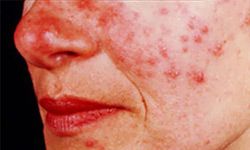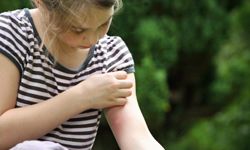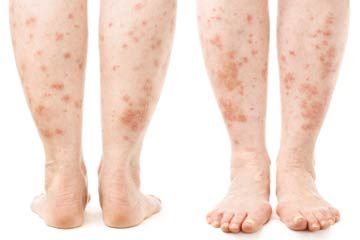Skin irritations are no fun, especially when they appear on your face. They can take on various forms and symptoms – like rashes and redness, swelling, burning and itchiness of the skin – and can strike out of nowhere, making you yearn for relief. Some of these flare-ups resolve on their own, while others require a doctor's care. But the first step is pinpointing what exactly caused the unsightly inflammation.
From the nickel in your wristwatch to the dressing on your salad, any number of things you touch or ingest can cause dermatitis (a broad term for skin irritations and inflammations). If you have sensitive skin, you may break out in hives at the mere suggestion of these triggers. In some cases, irritation occurs when a harsh substance inflicts physical damage on your skin's outer layers. In others, the rash develops when your immune system responds to an allergen. Occasionally, both types of reaction take place at the same time [source: WebMD].
Advertisement
By identifying the source of your rash, you can learn to banish irritants from your counter, cupboard or yard -- before they wreak havoc on your face. Next time you experience inflammation on your face, think back to where you've been and what you've done over the last day or so. Keep reading to meet five common culprits behind skin irritations on the face.




